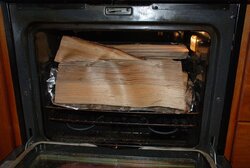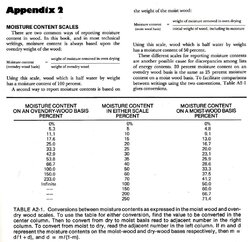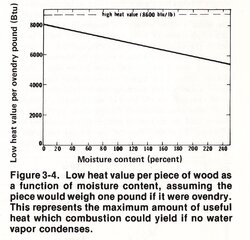Adios Pantalones
Minister of Fire
Wood Duck said:Adios Pantalones said:I am a scientist, and the question of taking water at one temp, and turning it to steam is actually one of those things you are taught in basic chem. I haven't gone through anyone's calculatuions though- mostly because it looks more like work
I am an engineer, and when we do calcs we leave out anything we don't think matters. We don't always choose the right things to leave out, but it makes the work a lot easier.
We do too for most scenarios, but someone else postulated that the starting temp was different. Fact is- water has a high heat capacity, and it's not a bad idea to see if it's on the order of magnitude to cause a difference.
Slow1 said:That is the basic calculation that started this whole thread. I believe the key question (variable) that may be throwing the raw calculation off is exactly how much excess water may be in a given split. The second question (and perhaps more interesting) is how to put an objective measure on all the other factors related to the effects of burning the wetter wood. I'm not sure of how material some parts of the argument are (such as heating room air), but certainly the way that the boil-off affects the burn is material beyond the energy consumed converting water to steam.
That was my first post- that the wood isn't burning the same, and I think (my educated guess, and no more) that this is a really big effect in overall efficiency. There's still too many variables. If I know that my wood is wet (sideways rain or slush, etc) in my woodstove- I mix it in with dry or leave the air open more to compensate. I get a clean burn that way, but do sacrifice efficiency.



 And that makes a lot of sense Wood Duck!! Like me he is running a Johnsons Energy Systems wood burning furnace.
And that makes a lot of sense Wood Duck!! Like me he is running a Johnsons Energy Systems wood burning furnace. 
